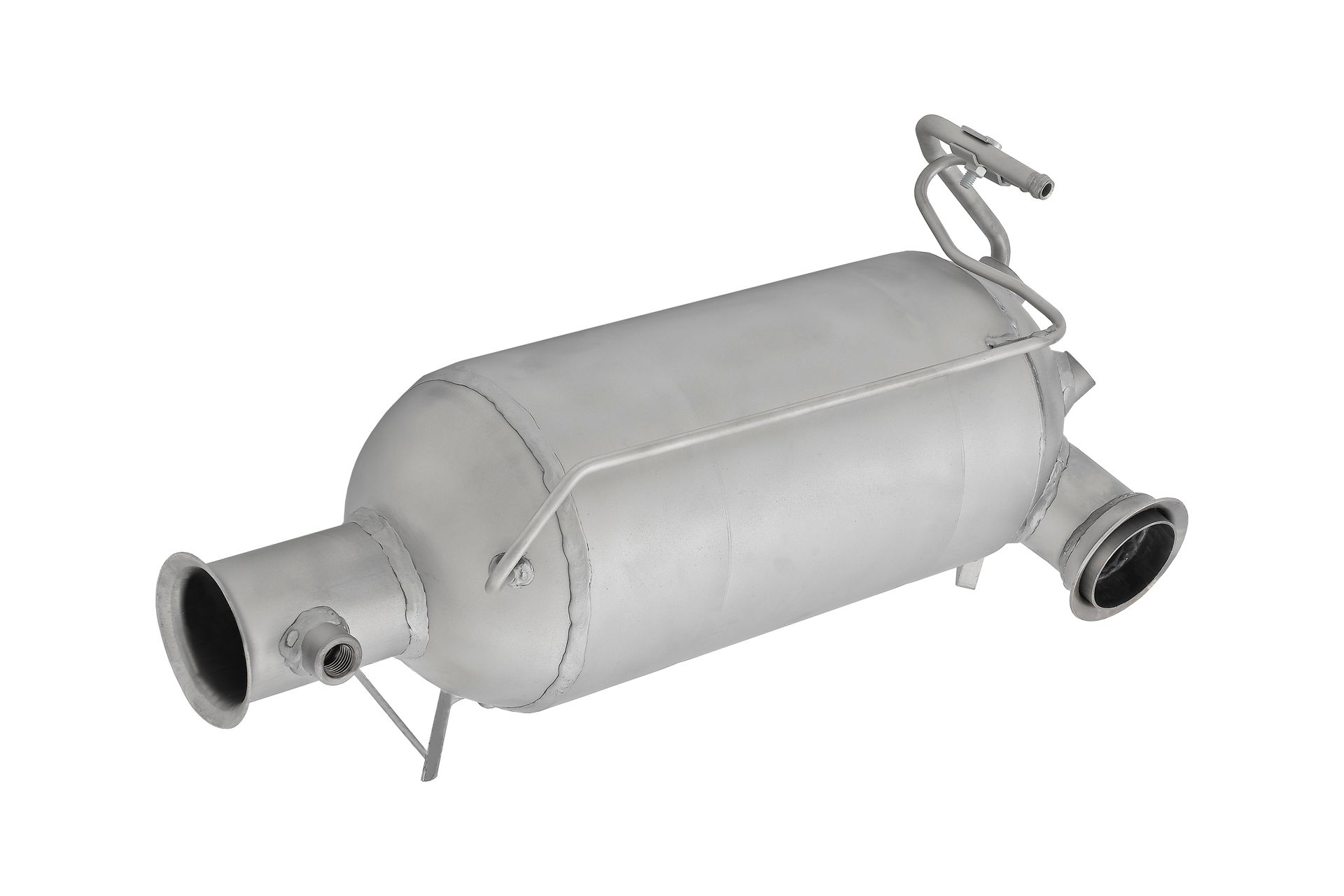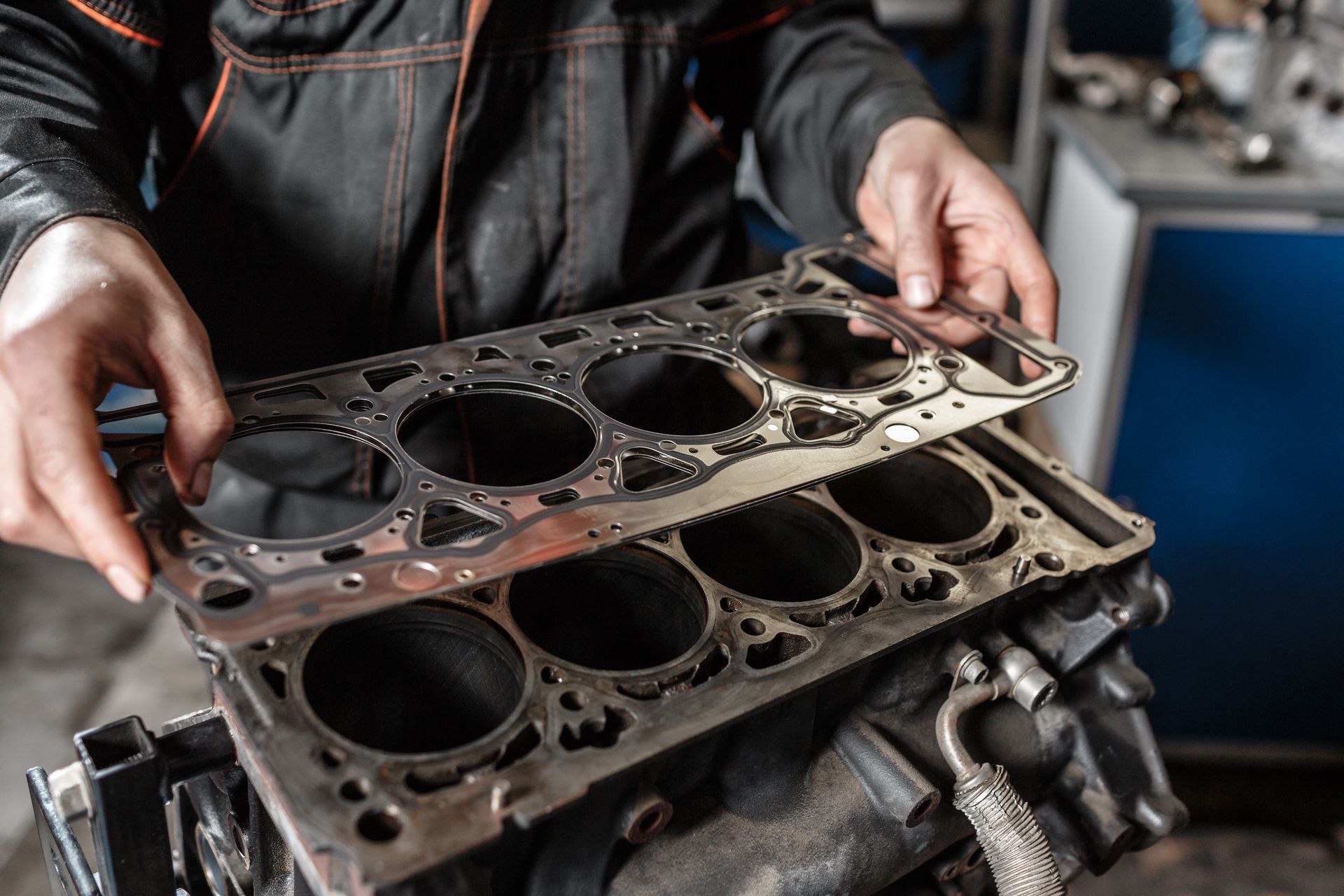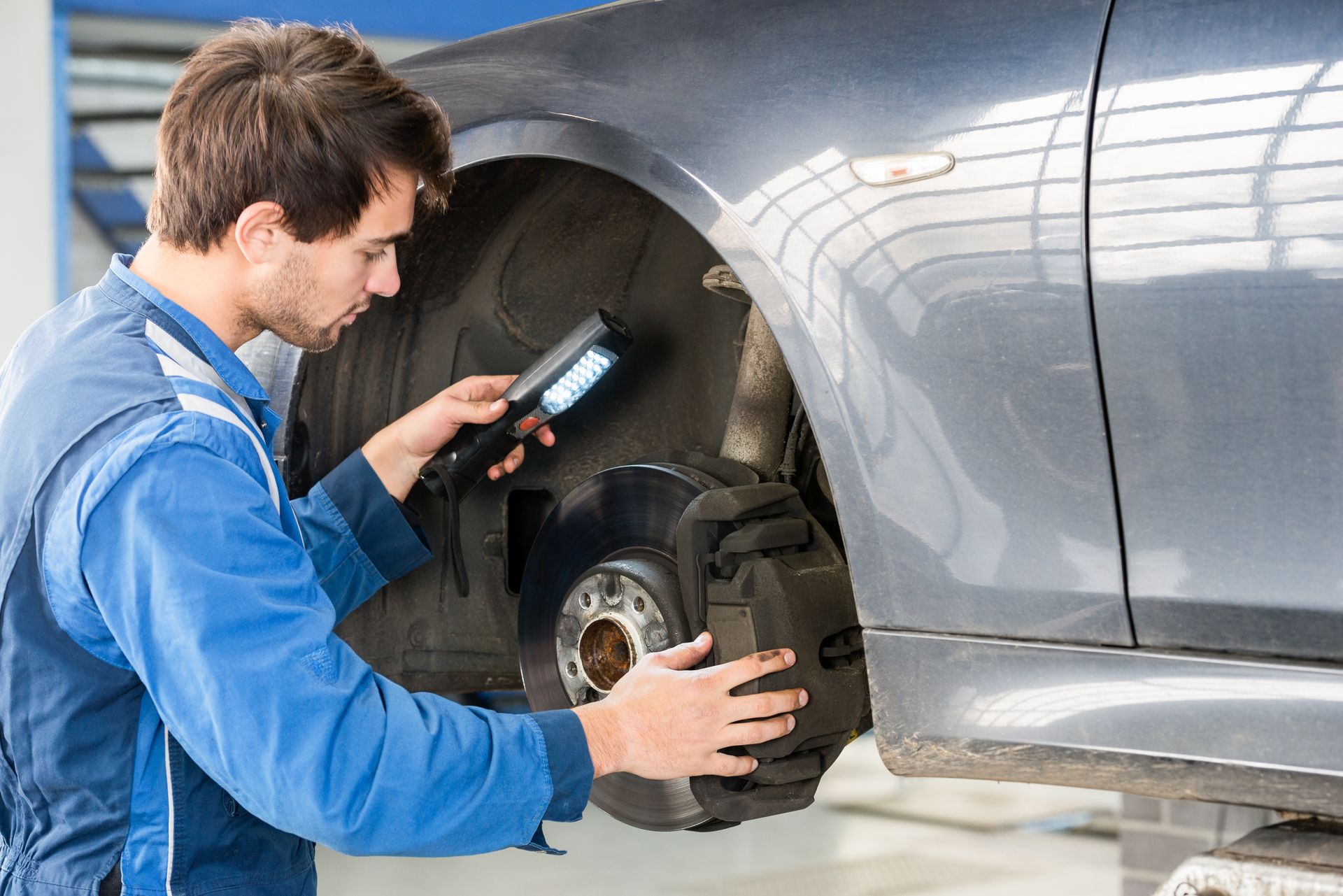Ask Us About Out New A/C Service Today!
Loading ...
Missing business hours data / Error occurred while getting the data.
Ask Us About Out New A/C Service Today!
Loading ...
Missing business hours data / Error occurred while getting the data.
How Serious Is a Flashing Check Engine Light?
November 29, 2024
When your check engine light begins to flash, it’s not a comforting sight—it’s more like your car trying to grab your attention, almost begging you to do something. But how serious is this warning, and what should you do about it?
The truth is, a flashing check engine light isn’t something to take lightly. While a steady check engine light often signals an issue that needs attention, a flashing one is more urgent. It’s your car’s way of saying, “Stop and look into this right now.” Understanding what this signal means can save you from costly repairs—or worse, a breakdown in the middle of nowhere.
What Does a Flashing Check Engine Light Mean
The flashing check engine light indicates a severe problem with your vehicle. In most cases, it’s tied to an engine misfire—a situation where one or more cylinders fail to ignite properly. This misfire can send unburned fuel into the exhaust system, where it can damage the catalytic converter, an essential (and expensive) component of your car.
Unlike a solid check engine light, which might point to less critical issues like a loose gas cap or a faulty sensor, a flashing light demands immediate attention. Driving for long with a flashing light can lead to significant engine damage, reduced performance, and higher repair costs.
Common Causes of a Flashing Check Engine Light
While the specific cause of a flashing check engine light can vary by make and model, some culprits are more common than others. Let’s explore a few of them:
- Ignition System Failures: Problems with spark plugs, ignition coils, or wiring can prevent proper combustion, triggering a misfire.
- Fuel Delivery Issues: Faulty fuel injectors or a failing fuel pump can disrupt the fuel-air mixture needed for combustion, leading to misfires.
- Engine Sensor Problems: Sensors like the oxygen sensor or mass airflow sensor play a role in regulating your engine’s performance. If they’re malfunctioning, the engine’s timing or fuel mixture can suffer.
- Vacuum Leaks: A leak in the engine’s vacuum system can throw off the balance of air and fuel, resulting in poor performance and potential misfires.
It’s worth noting that while these are common reasons, diagnosing the exact problem requires the expertise of a professional and tools like an OBD-II scanner to read error codes.
What to Do If the Check Engine Light Is Flashing
First and foremost, don’t ignore it. A flashing check engine light is a clear signal that your car isn’t operating as it should. Continuing to drive in this condition can exacerbate the problem and increase the risk of damage to critical components.
If the light starts flashing while you’re on the road, reduce your speed and avoid heavy acceleration. Find a safe place to pull over as soon as possible, especially if your car begins to shake or loses power. Once you’ve stopped, check for any obvious signs of trouble, such as unusual noises or smoke coming from the engine.
It’s tempting to hope the problem will resolve itself, but a flashing check engine light isn’t something that will just go away. Schedule an inspection as soon as you can to identify the root cause and prevent further complications.
Why Prompt Attention Is Essential
Neglecting a flashing check engine light can have serious consequences for your vehicle. For starters, the unburned fuel from an engine misfire can cause overheating and permanent damage to the catalytic converter. This part alone can cost thousands of dollars to replace, making early intervention a far more affordable option.
Beyond the catalytic converter, prolonged misfires can lead to issues with the pistons, cylinders, and other internal engine components. These repairs aren’t just expensive—they can take your car out of commission for days or even weeks.
Moreover, addressing the issue quickly ensures that your car remains safe to drive. An engine misfire can reduce power and responsiveness, making accelerating or maintaining consistent speeds harder. In an emergency situation, this lack of control could prove dangerous.
Prevention Is Always Better Than Cure
While you can’t predict every car issue, regular maintenance can go a long way in preventing the conditions that lead to a flashing check engine light. Keeping your ignition system in good shape, replacing spark plugs at recommended intervals, and addressing minor engine problems early can save you from dealing with major repairs down the line.
Routine inspections also help catch potential problems before they escalate. Whether it’s a failing sensor or a clogged fuel injector, small fixes now can spare you big headaches later.
When your car signals trouble, trust
Automotive Fleet Repair to provide the care it needs. Schedule
a full inspection now, and let us handle the rest!

Loading ...
Missing business hours data / Error occurred while getting the data.
Having Trouble
Finding Us?
Loading ...
Missing nap lines data / Error occured while getting the data.




